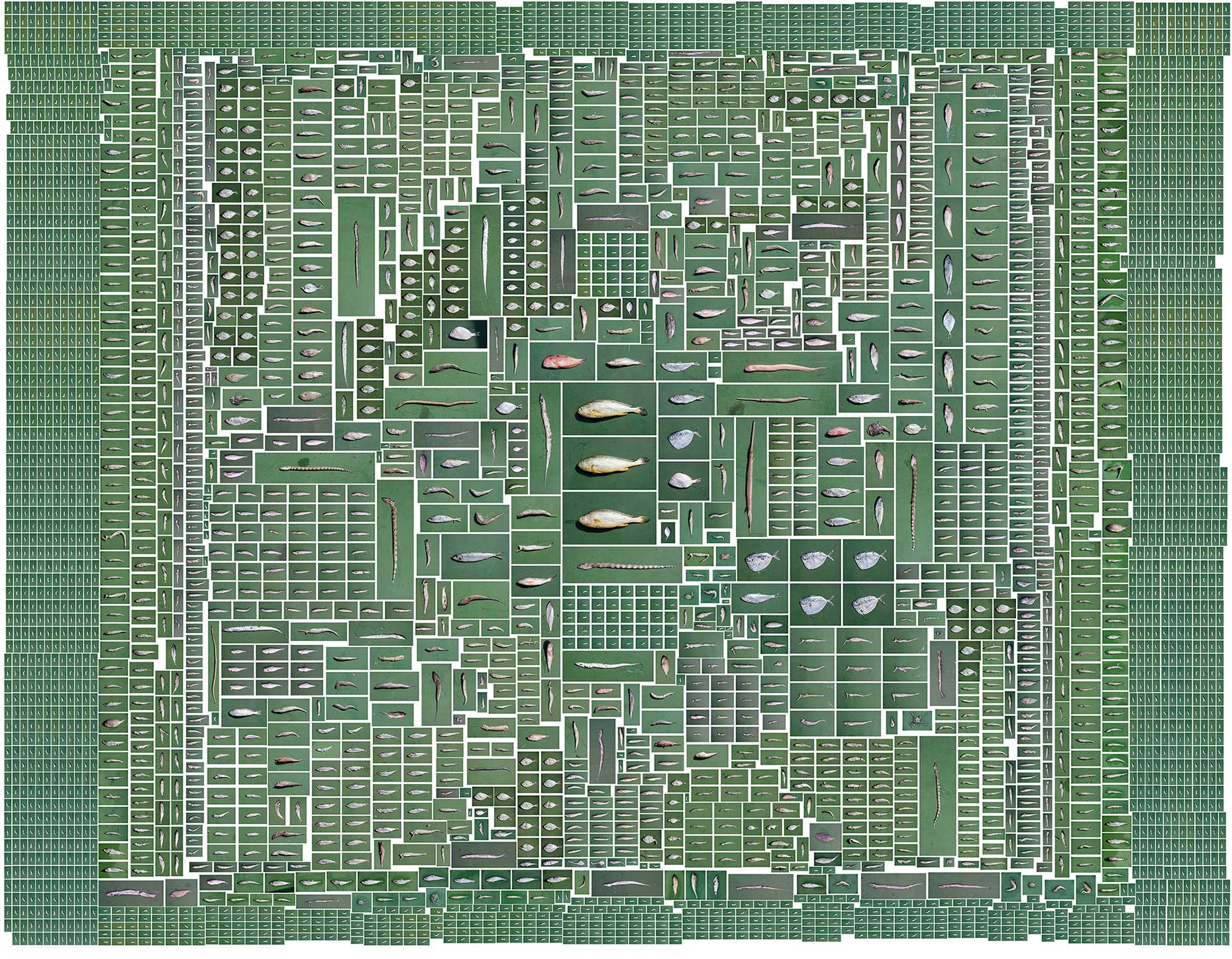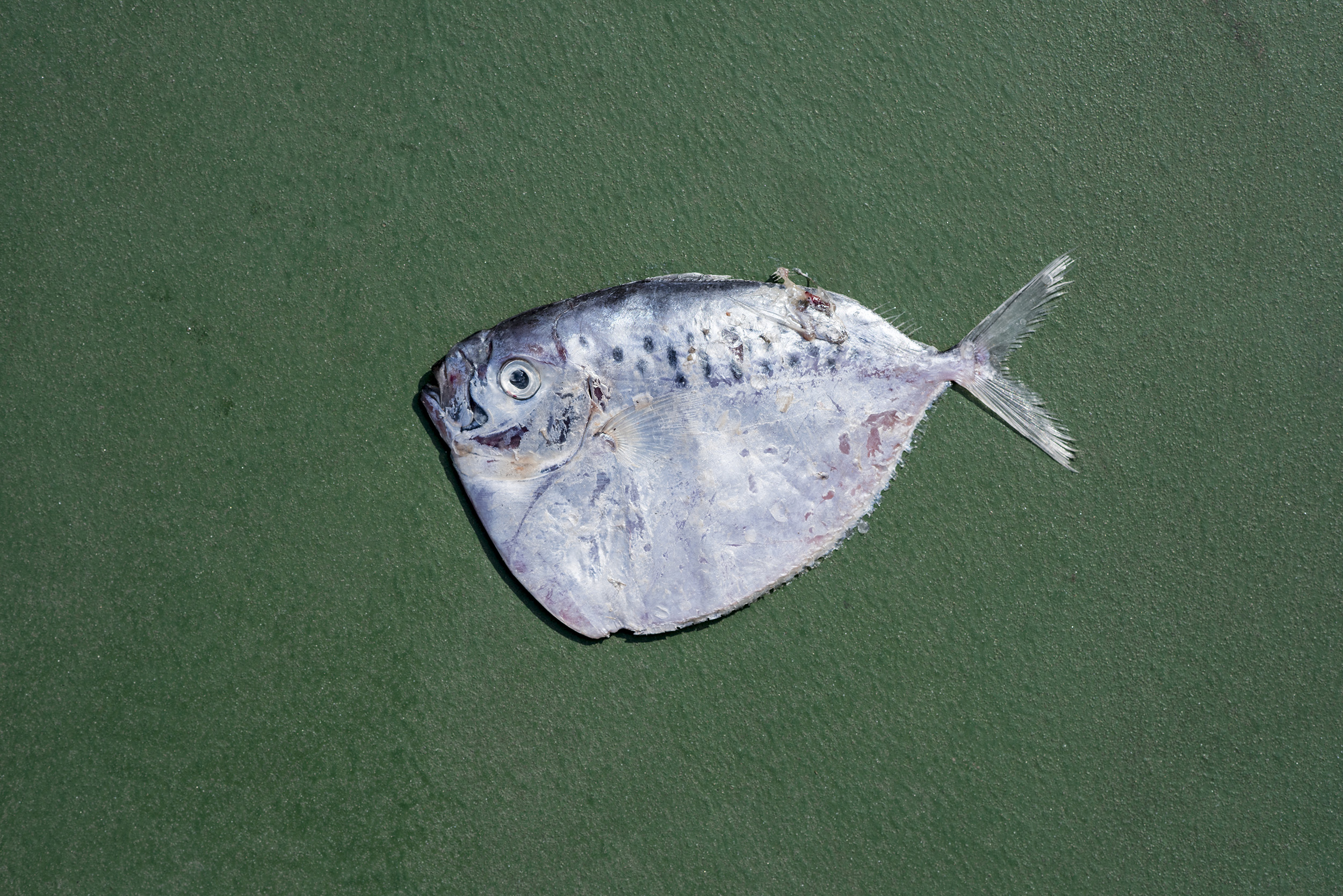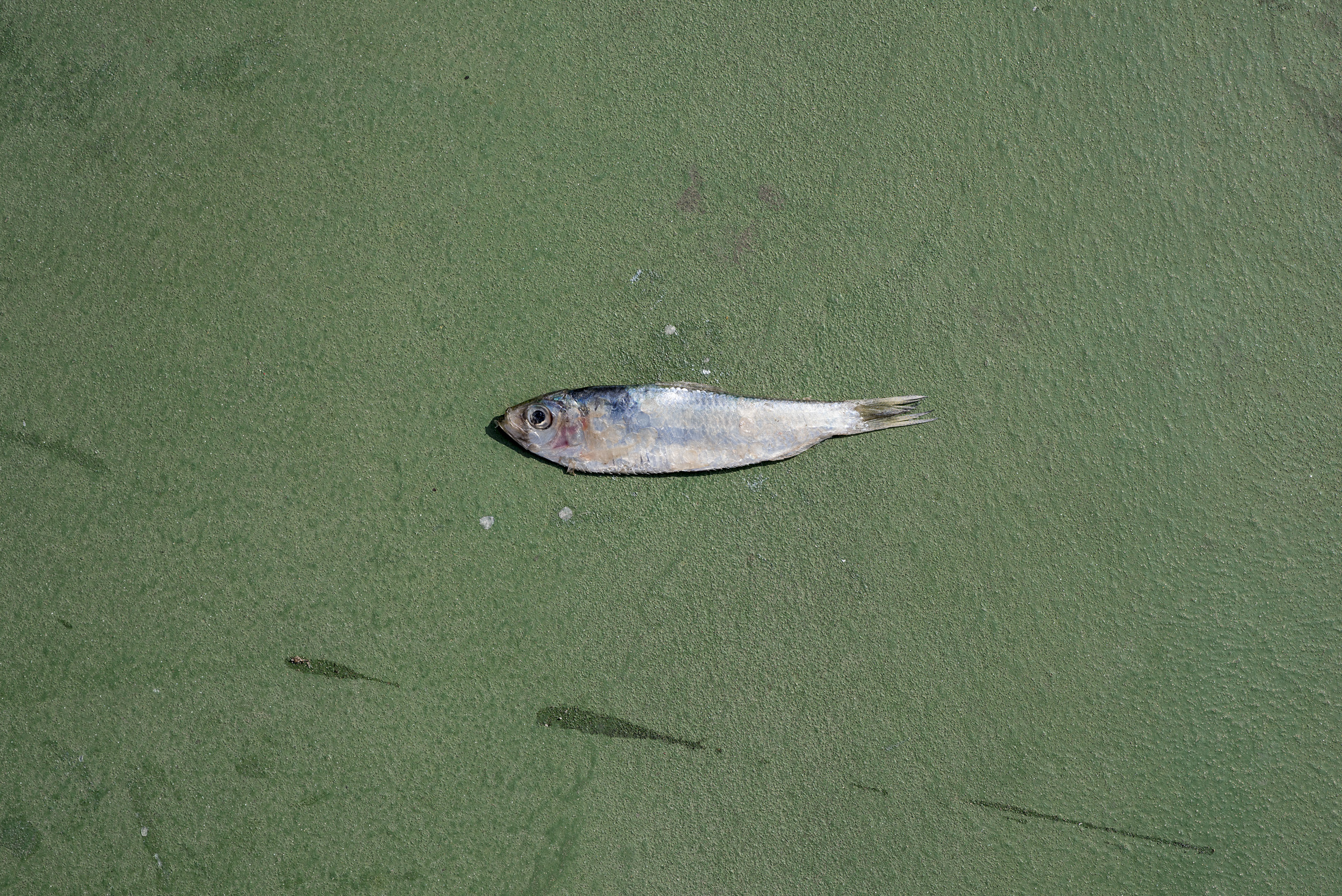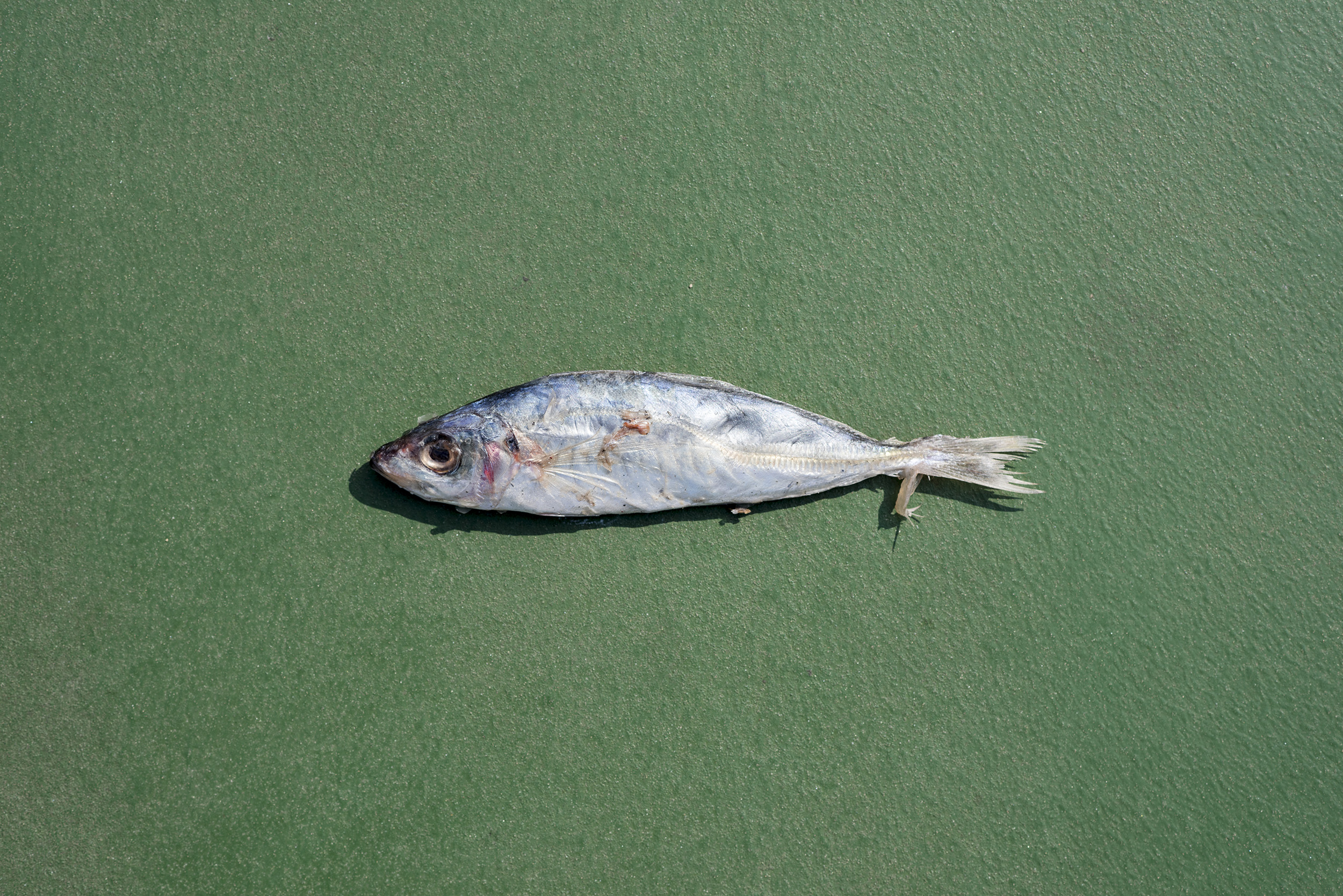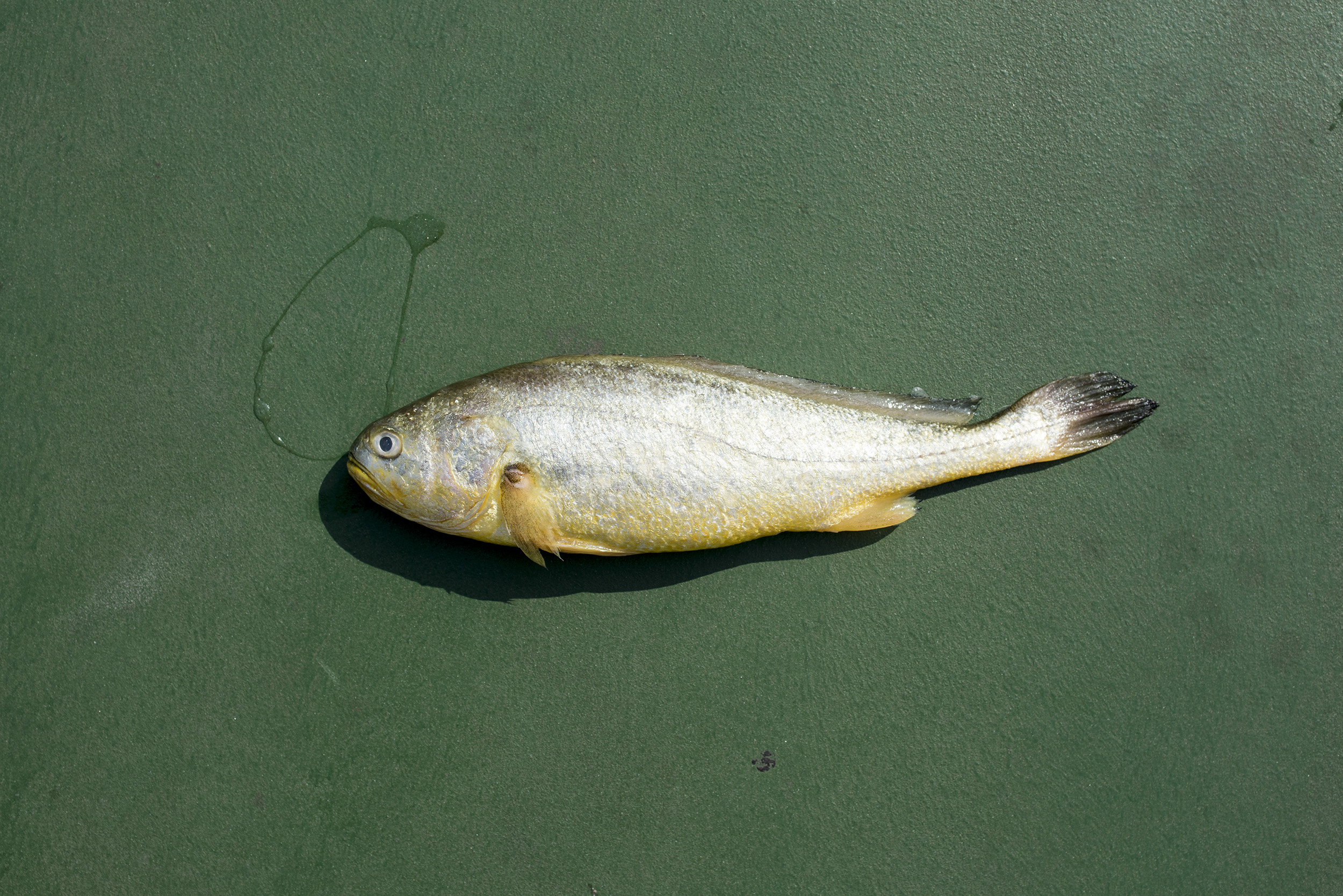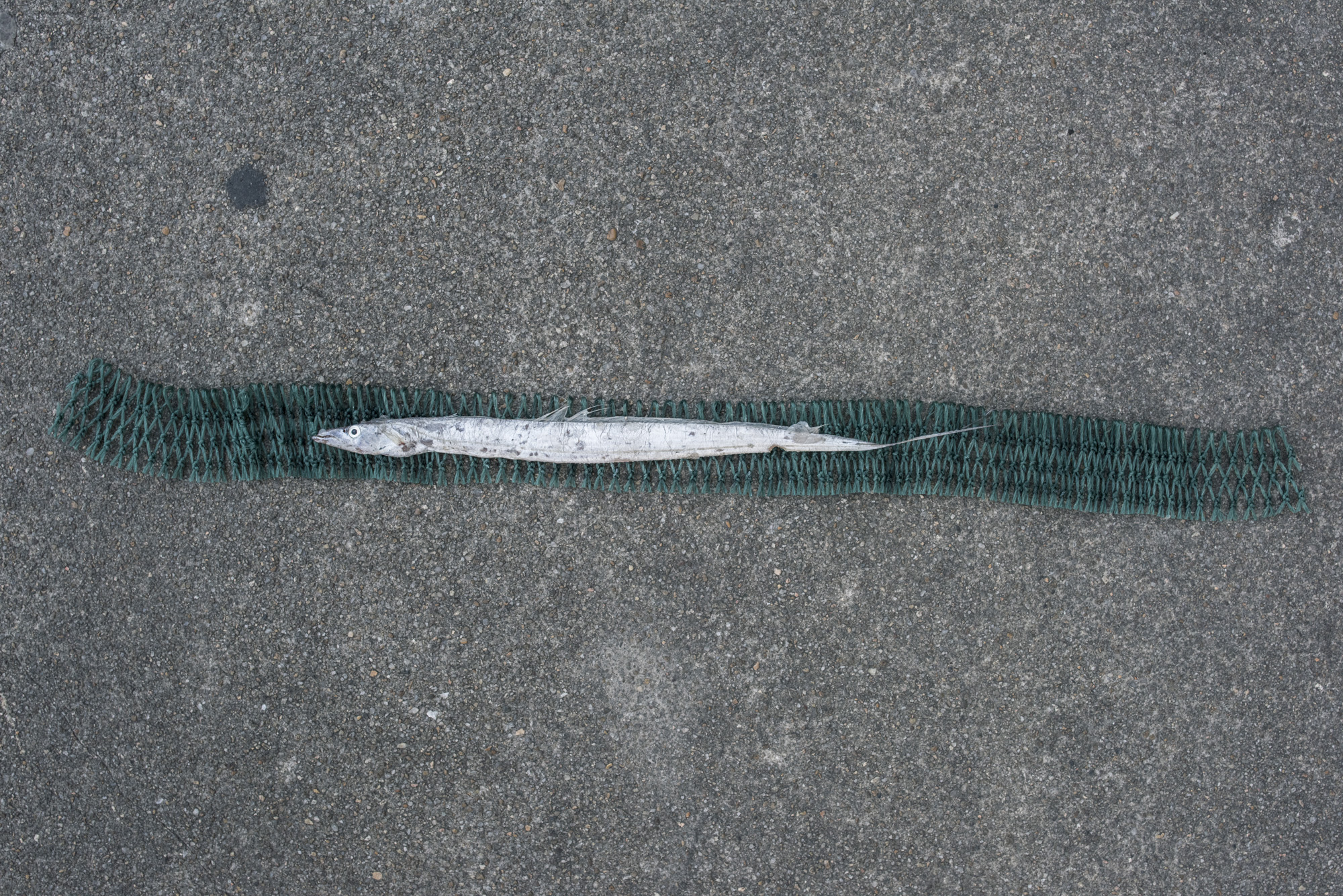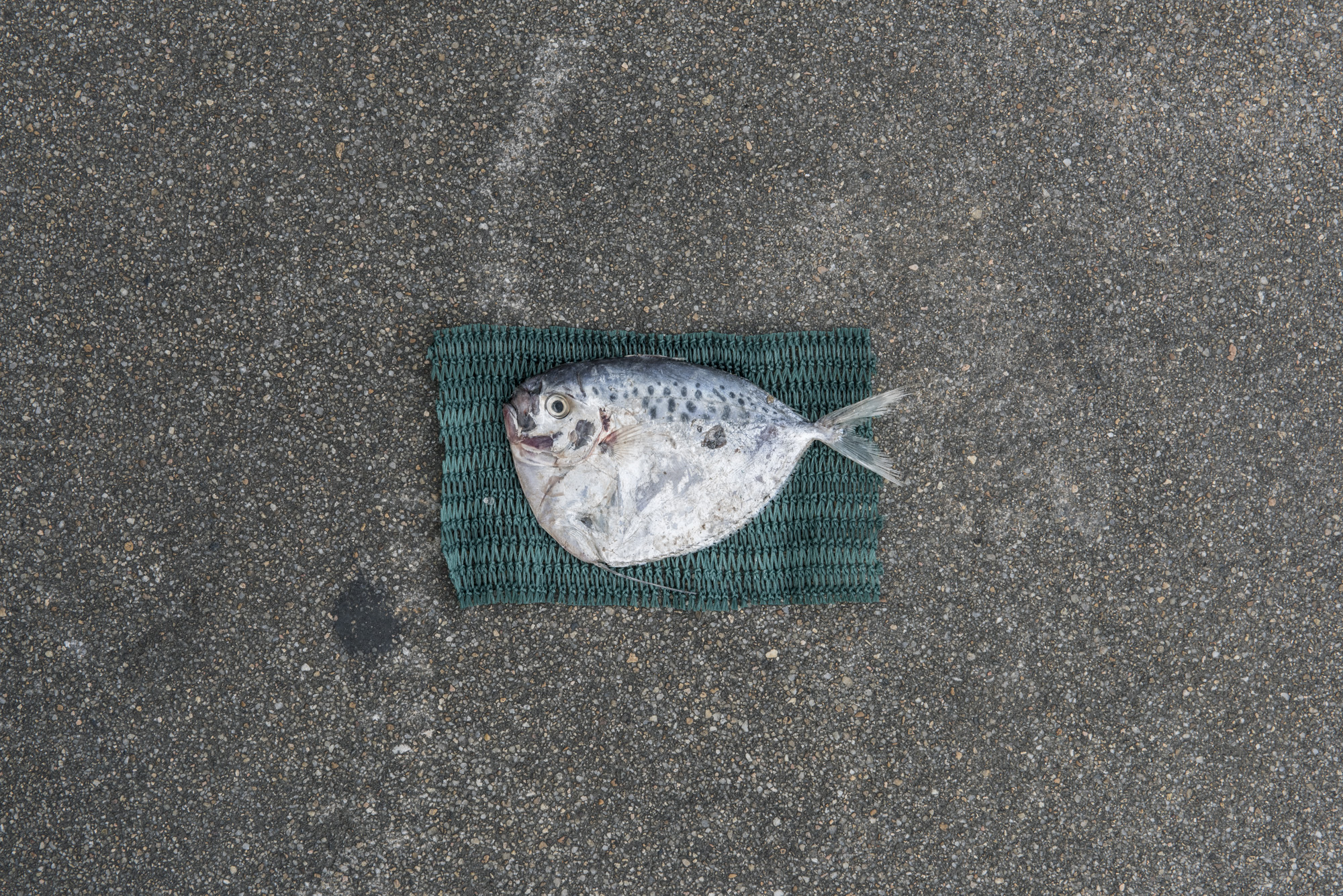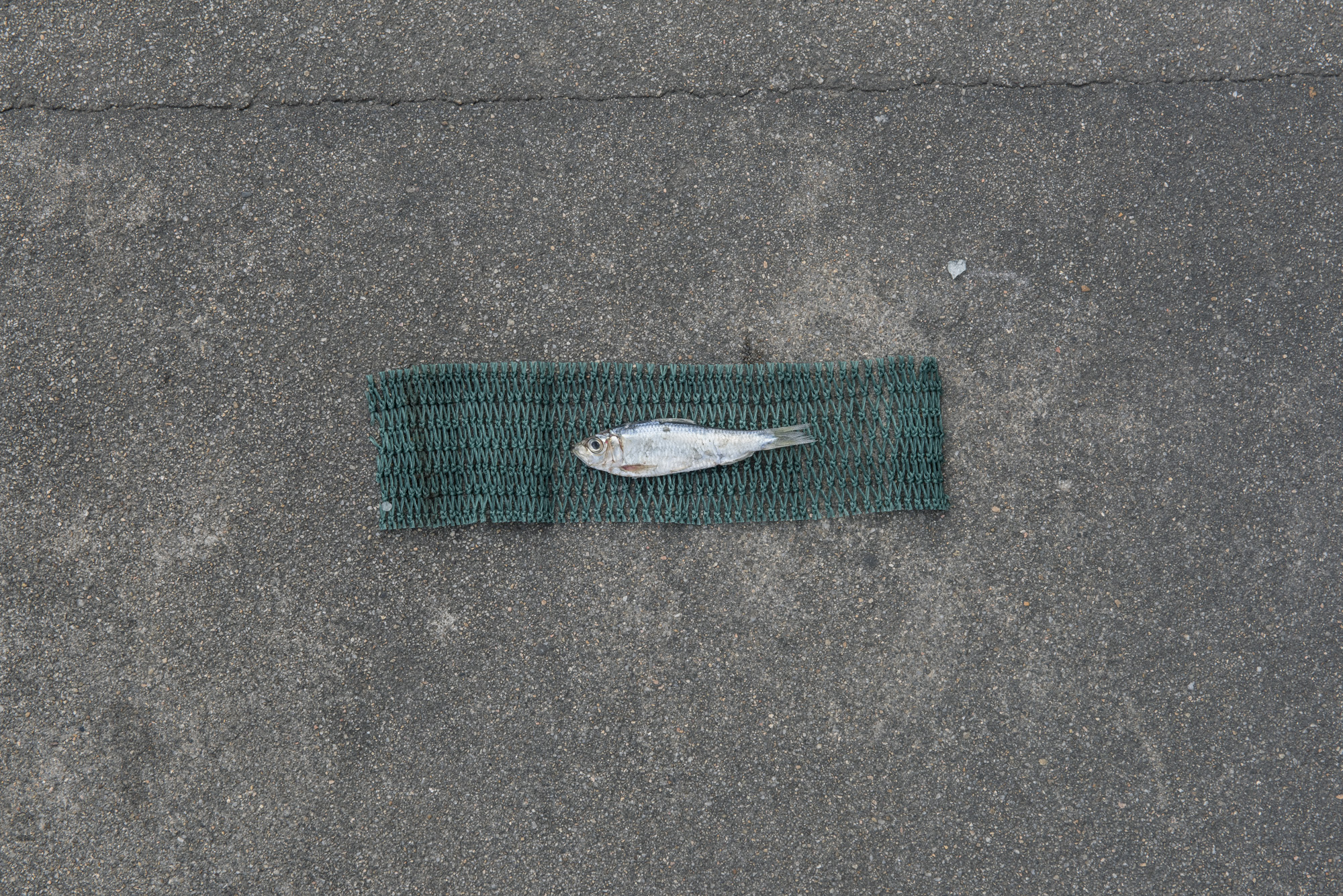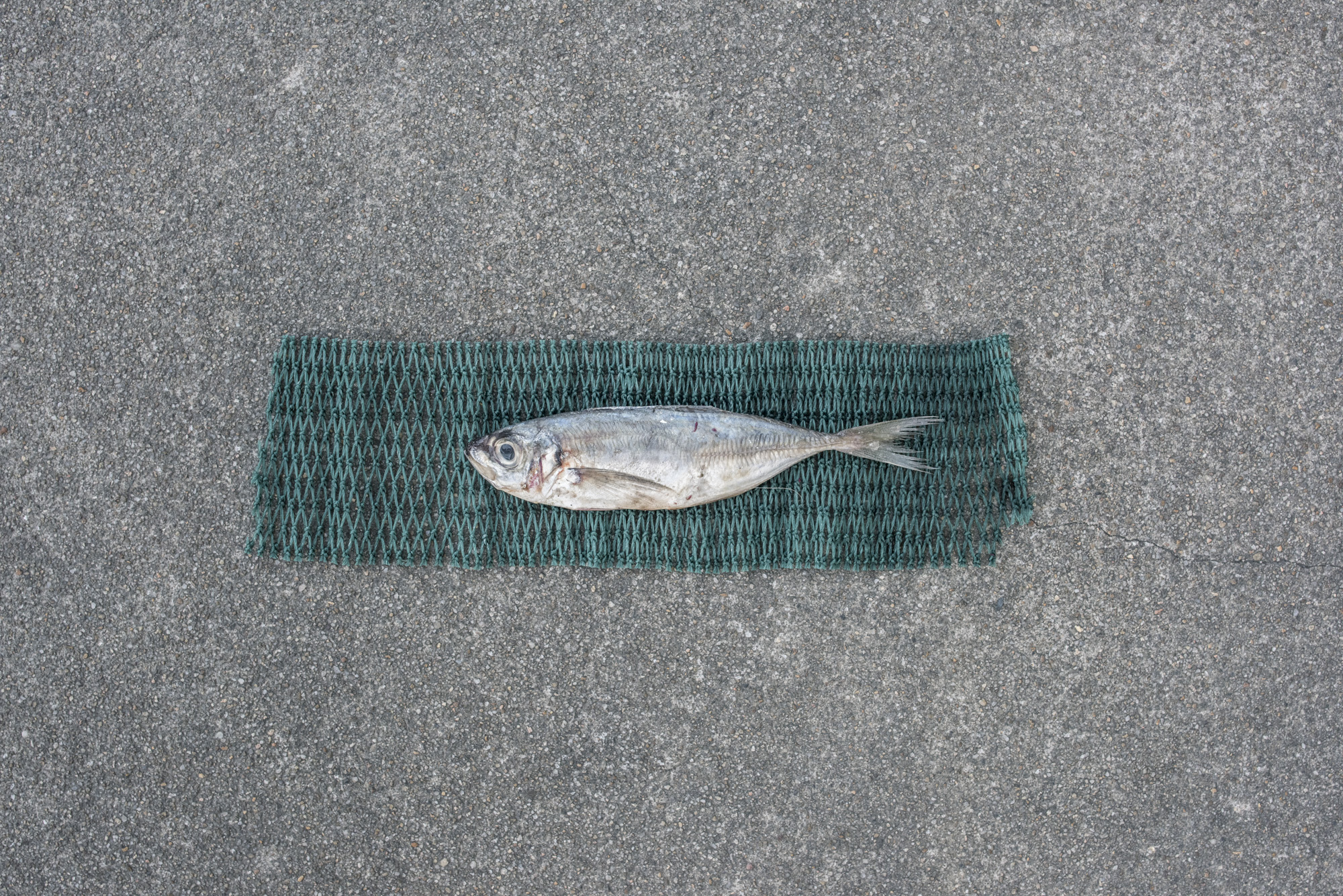Equivalence - The Ecological Footprint of Fish.
China | 2017
Equivalence - The Ecological Footprint of Fish, examines the impact of fish farming in China through the large yellow croaker (大黄鱼).
China is the world’s largest aquaculture producer, accounting for over 60% of seafood produced globally. It is also the world’s top seafood consumer. The fishery industry has been impacted by overfishing in the oceans and rising consumer demand, and fish farms are producing fish that were traditionally wild-caught. At the time of the project (2017), an estimated 76% of China’s farmed seafood relied on “trash fish” as feed. Trash fish is the local term for fish that are leftovers at fishing ports. This is usually a mixture of fish species with no commercial value, and importantly, also even also commercial species’ juvenile fish which cannot be sold. Thus, the marine ecosystem is inevitably affected by the volume of not only wild-caught seafood but also that which is farmed.
The main subject for the artwork is the large yellow croaker (Larimichthys croceus), China’s most popular marine fish eaten by Chinese households. In the 1970s, the wild large yellow croaker population collapsed due to overfishing, and the species was on the verge of extinction. China set upon efforts to farm the fish and revive the wild population and started commercial farming using cage culture from the late 1990s. This has stabilized the supply of fish but also has environmental implications. Large yellow croakers are carnivorous fish, on the farms they are fed with smaller trash fish caught from the ocean.
The artists worked closely with scientists, fishery industry experts, fish farms, and local fishermen in researching, planning, and executing the project. They traveled to coastal towns in Fujian province. Through scientific research on the fish growth cycle and farming practices, it was calculated that a single kilogram of yellow croaker fish requires 7.15 kilograms of trash fish to grow from fry to mature marketable size.
The key image from the work is a mosaic tessellation of fish portraits -- the three singular fish are placed at the center, surrounded by the 4,136 small fish. The work was presented in photographic and video formats. The tessellation effect was the chosen artistic structure to frame the complexity of the subject matter, and the ironic innate human desire to find order and balance.

